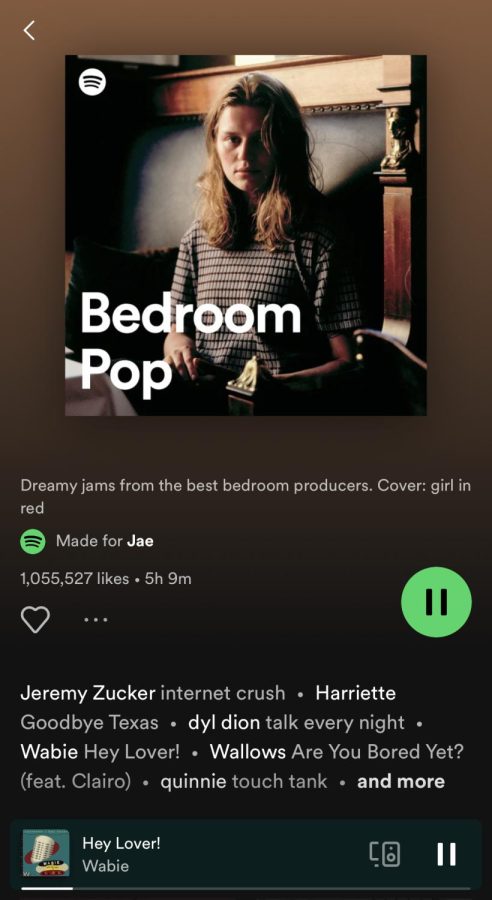“If you love these artists, check out my music!” “Let me be the next small artist you gatekeep!” “Get this video to 5 thousand likes and I’ll release the song!” Captions like these are often seen on TikToks created by new musicians, especially by aspiring singer-songwriters. Finding a fanbase is more accessible than ever, and new mentalities surrounding fame are changing the music industry forever.
For as long as the internet has existed, musicians have been catapulted to fame by going viral. Justin Bieber first began his career by posting videos on Youtube when he was only 12, as did Alessia Cara. Shawn Mendes gained fame by performing covers on the platform Vine. The more popular a video got, the higher the chance that someone from the music industry would come knocking on the artist’s door.
With the emergence of new platforms, methods of outreach have changed. While songwriters once had to wait for prospective fans to find them, now they have the option to tag videos in ways that seek out a specific audience. The hashtag “#singersongwriter” has almost 4 billion views on TikTok, and “#originalmusic” has over 6 billion. By incorporating these tags, singers can depend on the TikTok algorithm to put their videos on the “For You” pages of people looking to expand their music taste.
Junior Bobby Chiarelli attributes Grammy-winner Olivia Rodrigo’s success to the TikTok marketing strategy, “She promoted her album and songs on TikTok, and that is where I first discovered her songs along with the rest of the world,” Chiarelli pointed out.
Not only is musical canvassing changing, but so is the actual music itself. Hyper-pop production is giving rise to bedroom pop pieces— songs written and performed simply and with minimal production, as though recorded in one’s bedroom. The genre began with artists— mostly teenagers —writing and recording songs at home and has expanded in the past few years, essentially encompassing what used to be the “indie” genre as a whole.
Junior Celia Brown has noticed that popular music impacts what else gets created. “I think that more emotional, ‘artsy’ music is popular right now, like Phoebe Bridgers and Lana Del Rey, which is the same style as many bedroom pop songwriters on TikTok… I feel like there’s an endless stream of similar artists to listen to if you are into this genre,” Brown said.
Singer songwriter Steve Lacy got his start making music in high school. Without many resources at his disposal, Lacy rented a studio where he recorded his first single using only an iPhone. His debut album, featuring numerous tracks produced on his phone, went on to be nominated for a Grammy.
Lacy is featured on Spotify’s Bedroom Pop playlist, which has over a million likes. The playlist contains songs from popular artists such as girl in red, Clairo and beabadoobee, but it also has a variety of other, more obscure performers. The beauty of the genre is that little equipment is needed, so virtually anyone can write and record a song.
The ease of producing and releasing this type of music attracts a new type of artist as well. At one point, achieving fame used to essentially require personal contacts— musical hopefuls had to go door to door between record labels for even a chance at getting signed. Now, digital music releases allow anyone to publish a song on Spotify or Soundcloud.
Brown pointed out that the expectations associated with releasing music have changed. “I think that so many songwriters are so young because putting out songs on TikTok is seen as low risk and they don’t have to get signed to produce music,” she explained.
Of course, the accessibility of musical success has produced a number of wannabe-pop stars on the internet. Countless original songs abound on each social media platform, ranging from abysmal, to mediocre, to true masterpieces of songwriting. It would take ages for anyone to sort through them all. If you did, however, you might find the next generation’s great artists, forging their own way through the new age of technology.









